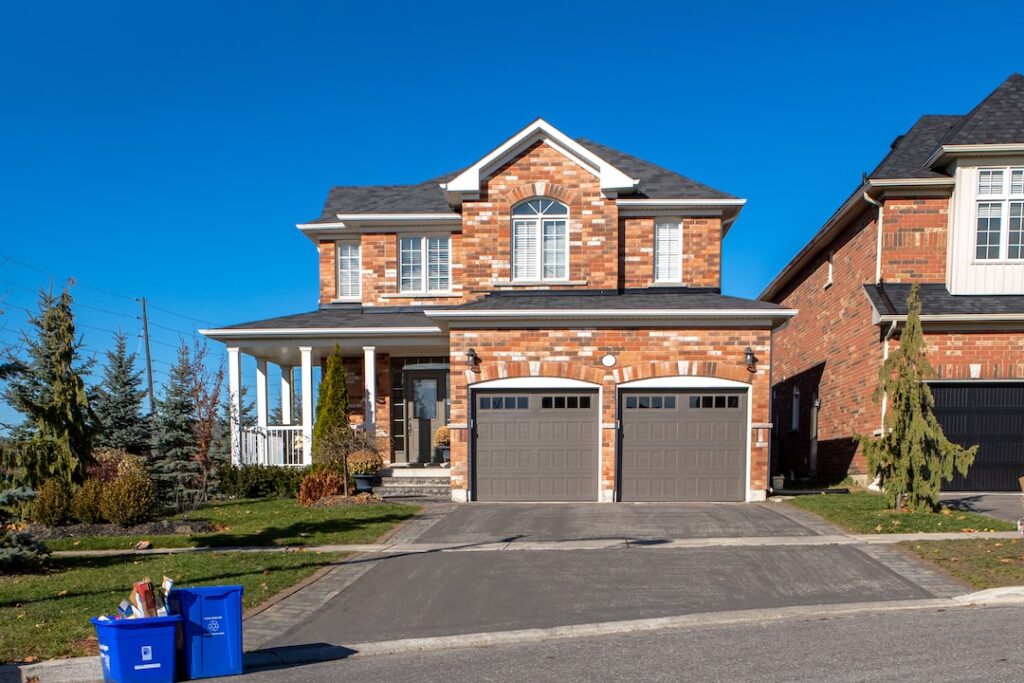Getting a foot on the property ladder has long been considered a milestone of adulthood in the UK. However, for many first-time buyers today, it feels more like climbing a mountain than a modest step. While government schemes, mortgage products, and the resilience of young buyers have helped some to succeed, the barriers remain significant — and they are not felt equally across the country.
In this article, we explore the main challenges faced by first-time buyers in the UK, look at the regional differences in housing stock and affordability, and compare the prospects in four key cities: Nottingham, Manchester, Bristol, and London.
The Challenges for First-Time Buyers
1. Rising House Prices
Over the past two decades, house prices have consistently risen faster than wages in most parts of the UK. Although the market has shown some signs of cooling recently, particularly in the wake of higher interest rates and economic uncertainty, affordability remains a major concern. Nationwide, the average house price-to-income ratio for first-time buyers is at historically high levels, especially in the South of England.
2. Saving for a Deposit
With average deposits now exceeding £30,000 in many areas, the biggest hurdle for many buyers is simply saving enough to get started. Renters often struggle to save meaningfully while also covering high rents and other living costs.
3. Competition for Affordable Homes
In many urban areas, there is a shortage of affordable housing stock suitable for first-time buyers — especially smaller properties like one- or two-bedroom flats and houses. This leads to intense competition and bidding wars, driving prices further out of reach.
4. Mortgage Accessibility
Higher interest rates in 2023–25 have made monthly mortgage repayments more expensive and tightened lender criteria, making it harder for buyers to borrow the sums they need.
Regional Differences in Housing and Affordability
The UK property market is far from uniform. While London and much of the South East remain notoriously expensive, some cities in the Midlands and North offer more affordable options — although demand is rising there too.
Regional differences are also evident in the types of properties available. In many northern cities, there is a greater proportion of terraced houses and semi-detached homes, often more suited to first-time buyers. In contrast, cities like London and Bristol have a higher proportion of flats, which, while smaller, can still come at a premium.
Comparing First-Time Buyer Prospects: City by City
Let’s take a closer look at the situation in four key UK cities.
Nottingham
Nottingham has become increasingly popular with first-time buyers thanks to its relatively affordable property prices and lively city centre. According to recent data provided by leading Nottingham estate agents HoldenCopley, the average price for a first-time buyer home in Nottingham is significantly below the UK average, and the city offers a mix of modern flats and traditional terraced houses. However, demand has grown quickly, putting upward pressure on prices, especially in well-connected areas like West Bridgford and Beeston.
Manchester
Manchester has transformed into a thriving hub for business, culture, and education, drawing young professionals from across the UK. Property prices remain more accessible than in the South but are rising fast due to high demand. The city centre is dominated by modern apartments, which suit some first-time buyers but can be expensive relative to income. More affordable options can be found in suburbs such as Levenshulme, Prestwich, and Salford.
Bristol
Bristol is one of the most desirable — and expensive — cities for first-time buyers outside London. With its vibrant economy, cultural scene, and proximity to the countryside, it attracts significant demand. However, this has driven house prices beyond the reach of many local buyers. Terraced houses in areas like Bedminster and Totterdown are popular with first-time buyers, but competition is fierce, and many are priced out into surrounding towns and villages.
London
London remains the toughest market for first-time buyers. Average prices are far above the national average, and even small flats in outer zones can command high six-figure sums. While schemes such as shared ownership and Help to Buy have helped some Londoners, many are forced to compromise on size, location, or quality — or to consider leaving the capital entirely for more affordable areas.
Conclusion
For first-time buyers in the UK, the path to homeownership is fraught with challenges, from saving a deposit to finding an affordable property in a competitive market. However, the picture varies widely between regions. While London and Bristol remain extremely difficult markets, cities like Nottingham and Manchester still offer hope for many young buyers — though even these are becoming more competitive as demand grows.
Government initiatives, an increase in affordable housing supply, and a moderation in house price growth could help ease the burden. But for now, first-time buyers need to be more flexible than ever, considering a range of property types and locations in order to secure their first home.
If you’re a first-time buyer, doing your research into regional markets, seeking professional advice, and being open to emerging neighbourhoods can help you navigate the challenges and find the right opportunity for you.





Leave a Reply
You must be logged in to post a comment.